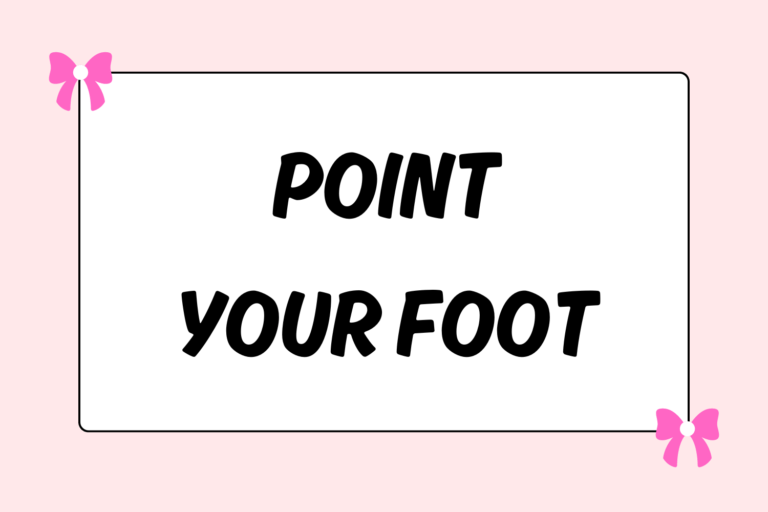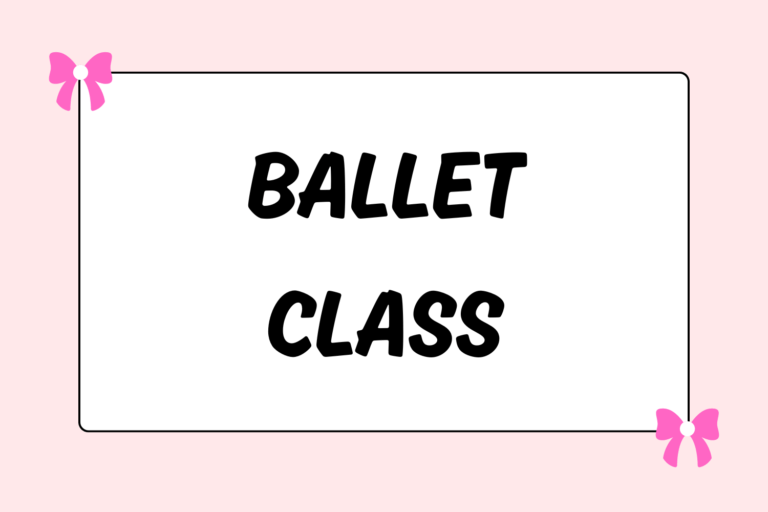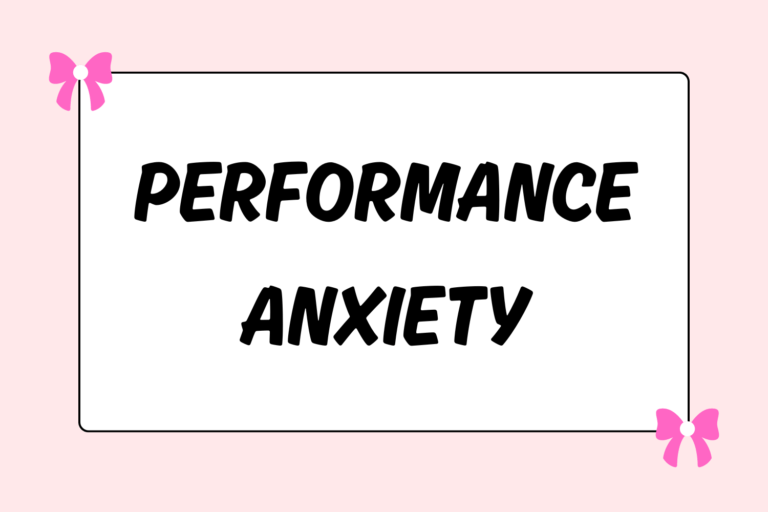Have you ever been at the barre in ballet class and drawn a complete blank? If you answered “yes,” you are not alone. Staying focused at the barre involves a specific set of skills. This guide offers tips on how to retain information, recognize patterns, and allow your body to help your brain as you study at the barre.
Mark It
In ballet, when a dancer is moving to her full capability, she is said to be dancing “full out.” In contrast, when a dancer is simply going through the motions of a step, she is said to be “marking” it. Dancers will mark combinations to go over the patterns and counts, indicating movement with their arms or legs without actually doing the steps. Marking helps develop the kinesthetic learning style which is so dominant in ballet. Next time you are at barre, mark the combination as the teacher is giving it to you and see if it helps.
Be Watchful
Looking at your hair, your leotard, or the mirror can be tempting — and distracting. Keeping a keen eye on the instructor, however, will ensure that you don’t miss the ever-so-important little details. Especially when the teacher is doing a demonstration, plant your eyes on her as you mark the combination. Really watch for the specific port de bras and/or tricky patterns.
Hot Tip: Arm Yourself
It is a common mistake to focus on the footwork at barre and give the port de bras secondary attention. Instead, when marking the legs, become accustomed to simultaneously doing your arms full out. This good habit will improve your coordination and prepare you for center work and choreography.
Musicality
Noting the rhythm of a combo may help you digest and retain the information more readily. Here are some suggestions to help you stay on the music:
- Even if the teacher is not counting out loud, you can count in your head to see what step goes on what count.
- Notice if the combination is in a 2-, 3-, or 4-count rhythm; this can help tremendously to recreate the movement once the music is playing.
- Most ballet combinations are comprised of sets of eights divisible by two (for example: 16, 32, 64 counts). So if you’re dancing and only have counted three sets of eight, you know there is one to go, making four complete sets.
Left and Right
Although this might sound simple, simply knowing your right side from your left side can be half the battle in memorizing barre work. Take special note of which leg is the working leg and which leg is the standing (or “supporting”) leg — especially when you are dancing with just one hand on the barre.
As ballet technique becomes more advanced, you will be asked to use both your outside and inside leg at the barre as you tendu, dégagé, or développé. Realizing which leg is working at any given time can be a lifesaver during an exercise.
Know Where to Close
Once you are dancing in fifth position, a good rule of thumb to follow is this: If the working leg executes a step to the front or back, it will close to the same fifth from which it began. For example, a battement tendu devant with the right foot will start from fifth with the right foot in front and close to fifth with the right foot in front.
While executing steps a la séconde from fifth, you will need to know where to close the working leg — it can go either front or back. Pay special attention to what comes after the step in à la seconde. Will the leg do something derrière or devant? This will dictate where you need to close your fifth.
Many barre combinations are enacted “en croix”, or literally in French “in the shape of the cross.” This means that a step is done to the front, then to the side, to the back, and then to the side again. Often battement frappés, battement tendus and dégagés will be done en croix in multiples; four tendus en croix, for example, means that you will do four front, four side, four back, and four side, in that order.
Mental Edge
To help you remember where to close your fifth when going to the side during an en croix combo, note if your multiples are an even or odd number. If they are even, you will always close the first one from where you originated. So, if you are doing four tendus en croix, and you are ready to do your first set of four tendus side, you’ll close the first one front, then back, then front, then back. Now your foot is back and you are ready for derrière. If it’s an odd number, change your fifth right away.
Beginnings & Endings
Paying special attention to the very first step and the very last step of a barre combination can be a great way to keep your head in the game. Knowing how a combination starts (including the preparation) will often jumpstart your body to continue with the rest of the pattern.
Many barre exercises end with a balance. This balance is usually executed after the bulk of the combination and will often be en relevé. Pay special attention to which balance has been chosen, so you will know how to finish the exercise.
Quiz Yourself
Here are a few helpful questions to ask yourself before the music starts:
- What is the arm preparation? Is it standard or something special?
- What are the arms doing throughout the exercise?
- In what direction does my body begin? Facing the barre? On a slight diagonal?
- Does the combination end where it began or is there a demi détourné to the other side?
- Is the combination en croix? Does it reverse or repeat?
- Will the inside leg become the working leg at any point?
If you find that you cannot answer any of these questions, ask the teacher. If you are lost, it is likely that someone else in class is in your same boat. Most instructors would rather be asked questions before the music begins than watch a bunch of students who look like deer in headlights. This will also save time, since the instructor will know exactly what needs to be clarified.
Self-Reliance
It might be tempting to follow the dancer in front of you at the barre and rely on her knowledge of the combination. But what will happen if, one day, there isn’t anyone in front of you? Although it is great to cultivate awareness of your fellow dancers, rely on your own brain and make your own mistakes. By developing your memorization skills at the barre, you will have a leg up on learning choreography and performing confidently on stage!





